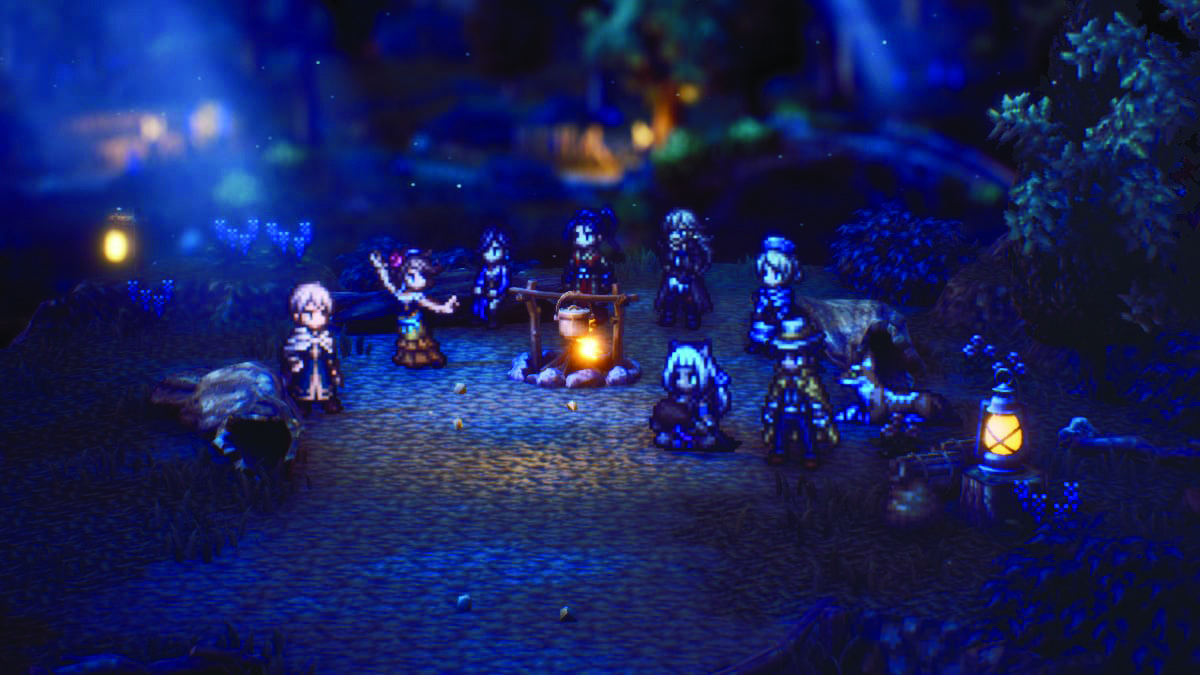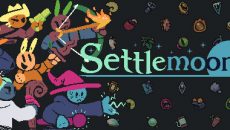(Photo courtesy of Nintendo Life) “‘Octopath Traveler II’ serves as a successful sequel to the original, and an excellent entry into the JRPG genre.”
Troy Lafond
Connector Editor
The long-awaited sequel to Square Enix’s surprise 2018 hit, “Octopath Traveler,” arrived on February 24, 2023. For the uninitiated, the “Octopath Traveler” franchise is a Japanese role-playing game that follows the player taking control of eight characters in a fantasy world, with each of them following different, seemingly unrelated storylines. As the game progresses, ties between the characters and their journeys begin to emerge.
“Octopath Traveler II” takes place with an entirely new cast of eight characters: Osvald the scholar, Castti the apothecary, Throné the thief, Ochette the hunter, Partitio the merchant, Agnea the dancer, Themenos the cleric, and Hikari the warrior. It also takes place in a new workd, Solistia. Solistia is more modern than the prior game, taking place in a time span like that of the late nineteenth or early twentieth century.
Most distinctive about the “Octopath” franchise is its visual style. The developers refer to the visual aesthetic as “HD-2D,” where players are presented with a visual style that appears side-scrolling but allows them movement within a three-dimensional space. The world and its characters are gorgeously pixelated in high definition, giving the game a highly unique visual appeal. There is no other mainstream video game that looks like “Octopath Traveler.” While the second installment does not do much to improve upon this style, it brings the characters to new settings that allow the graphics to pop even more.
Players can have up to four characters in their party at once, with the first character they choose serving as the protagonist of the game that cannot be removed from the party. While this may feel restrictive for a game that contains eight playable characters, it works to prevent combat from lasting too long. Characters can also be easily swapped in and out of the active party at a tavern, which is present in almost every city and settlement.
Combat is turn-based, allowing characters to act in succession rather than a chaotic free-for-all. Attacks can be selected from a menu, and different characters have different weapons and abilities based on their class. Characters are given a class from the onset of the game, but later in the game, the ability to add a secondary class can be unlocked to give the characters additional depth. While the combat may appear simplistic at first, it gains a surprising amount of depth very quickly.
Different enemies have different weaknesses that allow the player to “break” the enemies, stunning them for a round and making them vulnerable to additional damage. Party optimization to ensure that the player can deal any type of damage at any time is necessary for success, particularly against the bosses of the game. Bosses are incredibly challenging, if not downright impossible, without the ability to break them.
The narrative structure of “Octopath Traveler II” is similar to that of the original but unique for gaming as a whole. Each of the eight characters has four or five different chapters, all of which can be pursued in any order. Chapters take around an hour each, depending on player skill, making “Octopath Traveler II” a rather long game, commonplace of the JRPG genre. It can seem daunting for those who are unfamiliar with the genre, but this narrative structure makes it extremely approachable. Players can choose four character arcs to play through the entirety of before beginning to approach the others, they can take it all on at once or they can choose to do any combination they prefer.
“Octopath Traveler II” does little to fundamentally change from its predecessor, though there are enough improvements to set it ahead of the original. Latent Powers are a new combat ability, which are character unique boosts that can be used after building up a gauge. There is a sort of day-night cycle that the player can control, and different times of day grant the characters different abilities. There are also two “Crossed Paths” chapters, a new feature that directly tells a story centering on two of the characters, rather than just one. Combat and cutscenes can also now be put on speed, so the player can witness them while also moving faster through the game.
Despite its lack of overall changes, “Octopath Traveler II” is still, overall, an excellent addition to the franchise that is well worth a look. While those who may not have liked the original will not find anything here to change their minds, there are enough quality of life and gameplay improvements to make this an excellent purchase for fans of the original. For newcomers, “Octopath Traveler II” is a much more accessible starting point thanks to the quality of life improvements. For any fans of the JRPG genre, “Octopath Traveler II” is an exciting must-play title.
Overall Grade: A




